Evaluating Supply Chain Management at NH Food Australia: A Case Study
VerifiedAdded on 2023/06/06
|18
|1674
|243
Case Study
AI Summary
This case study provides a comprehensive evaluation of NH Food Australia's supply chain management (SCM). It begins with an overview of NH Food Australia, its operations, and its position within the Australian beef industry. The study details the steps involved in NH Food's SCM, from production and processing to retail, food service, import, and export. A SWOT analysis identifies strengths, weaknesses, opportunities, and threats impacting the supply chain. Key drivers, such as market trends and customer insights, are examined, along with strain points in the beef value chain, including supply-demand imbalances, decreasing livestock farmers, and production complexities. The study concludes with recommendations focused on improving supply chain value, enhancing market competitiveness, fostering mutual investment among stakeholders, establishing memoranda of understanding with suppliers, and leveraging market intelligence and digital marketing strategies to optimize SCM performance. Desklib offers a wealth of similar solved assignments and study resources for students.
1 out of 18
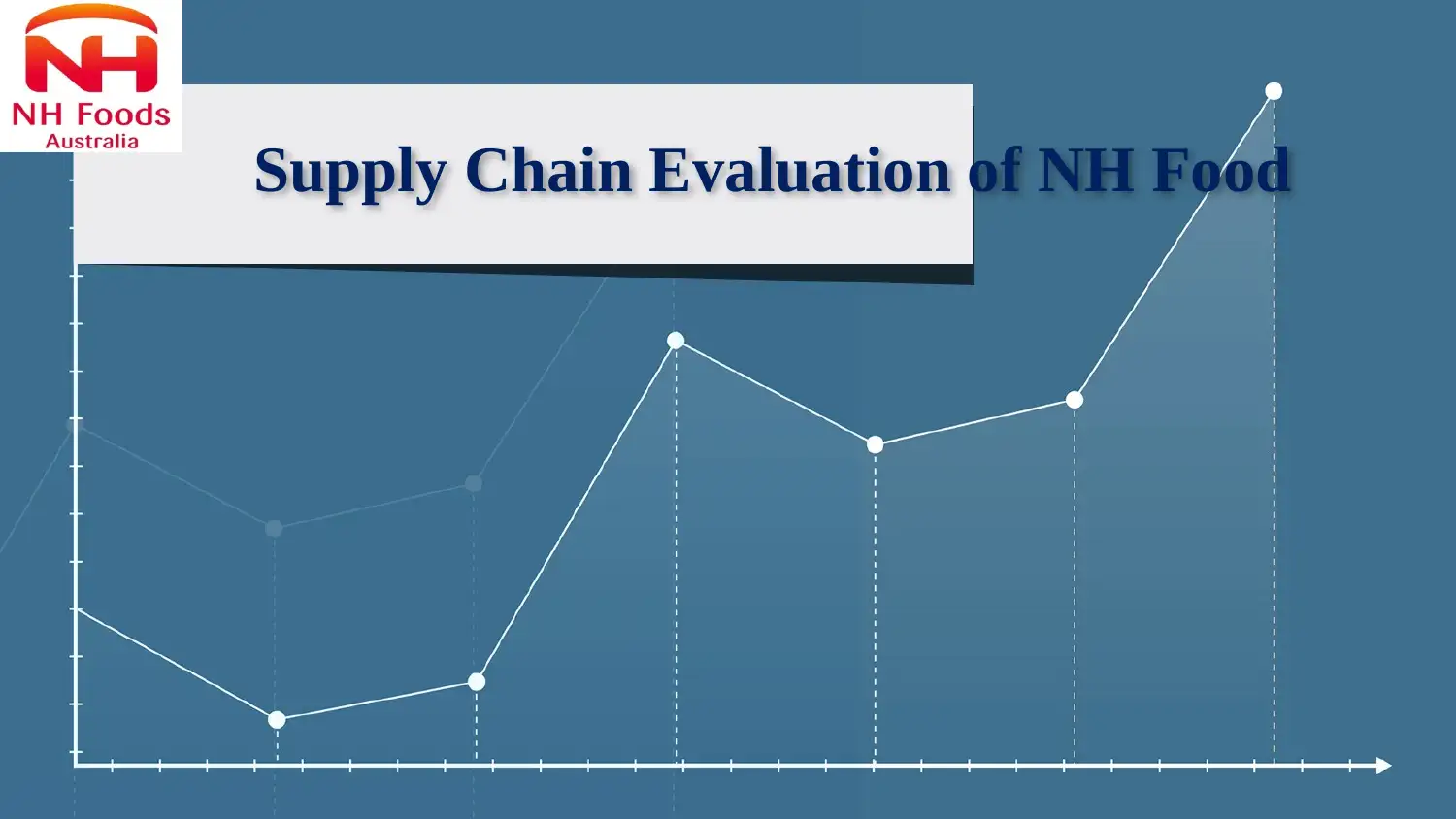
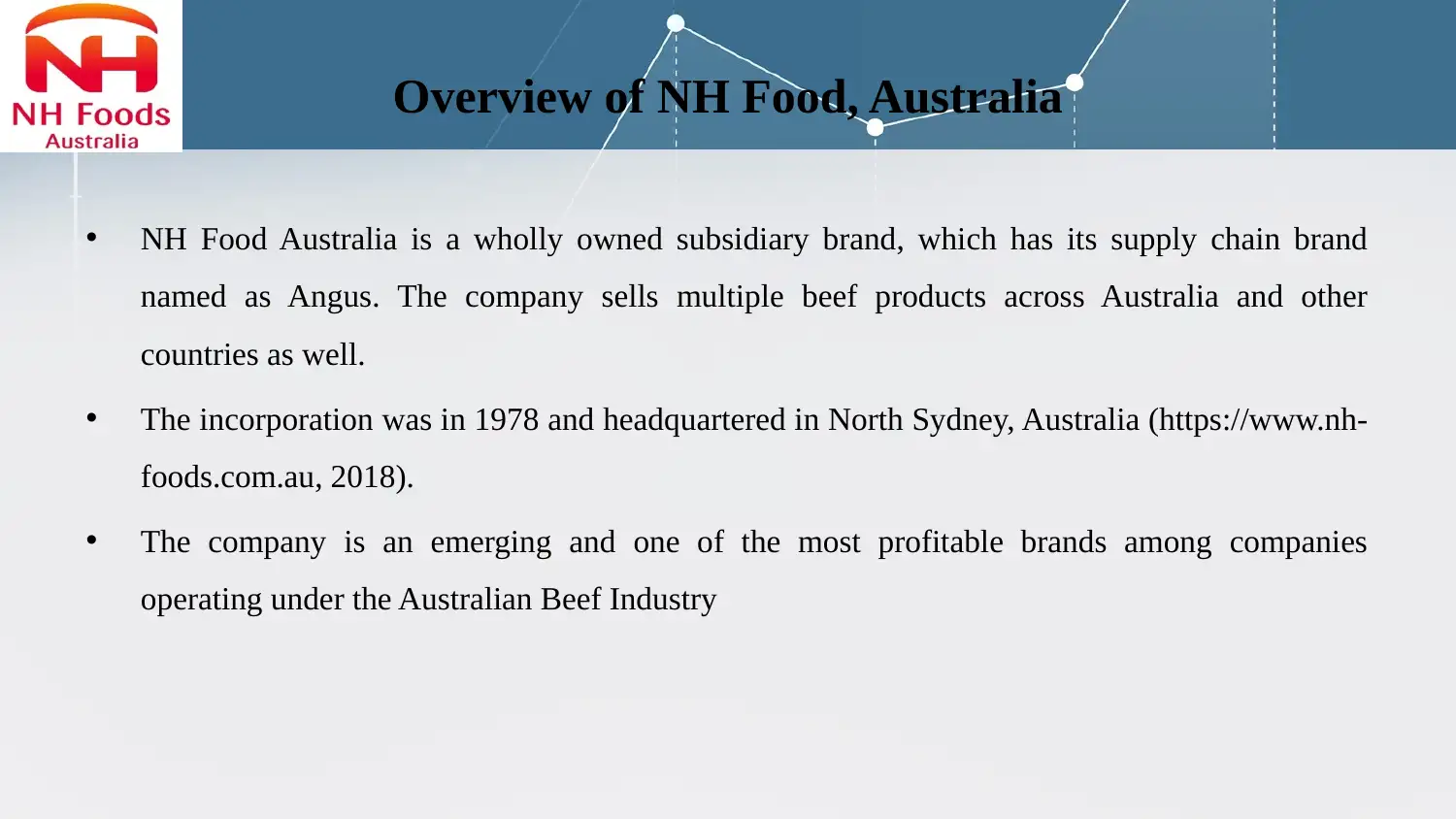
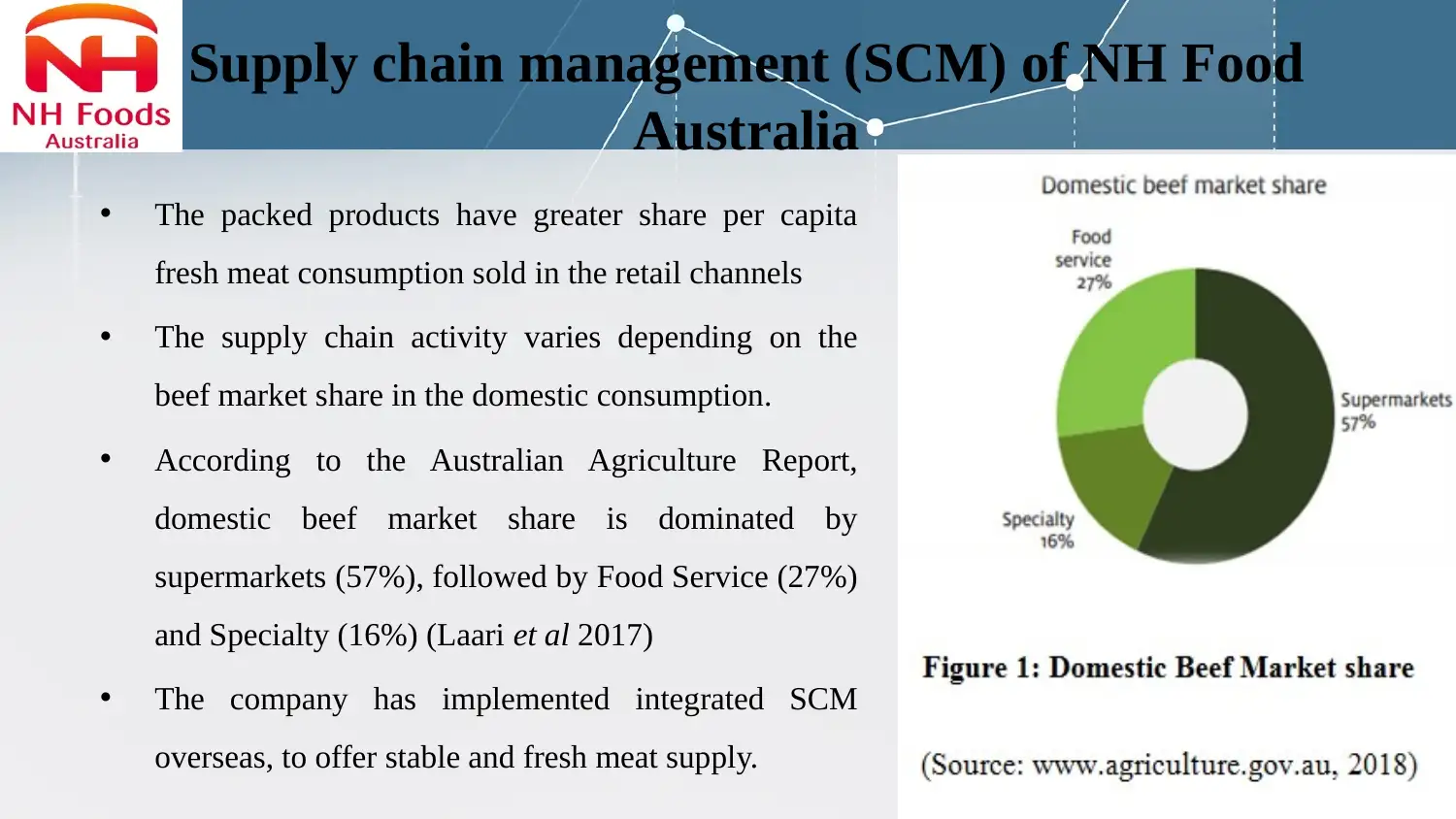

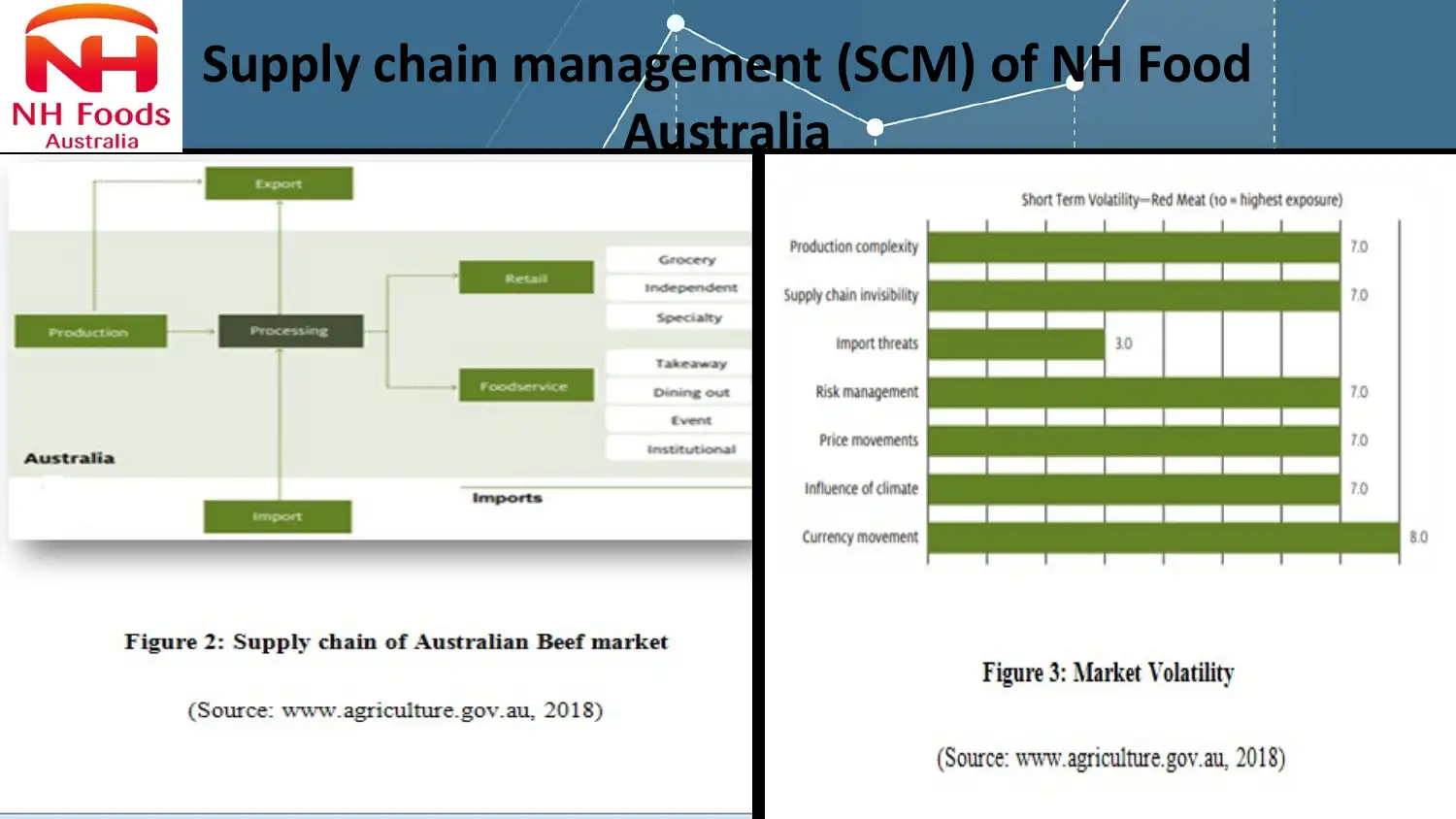
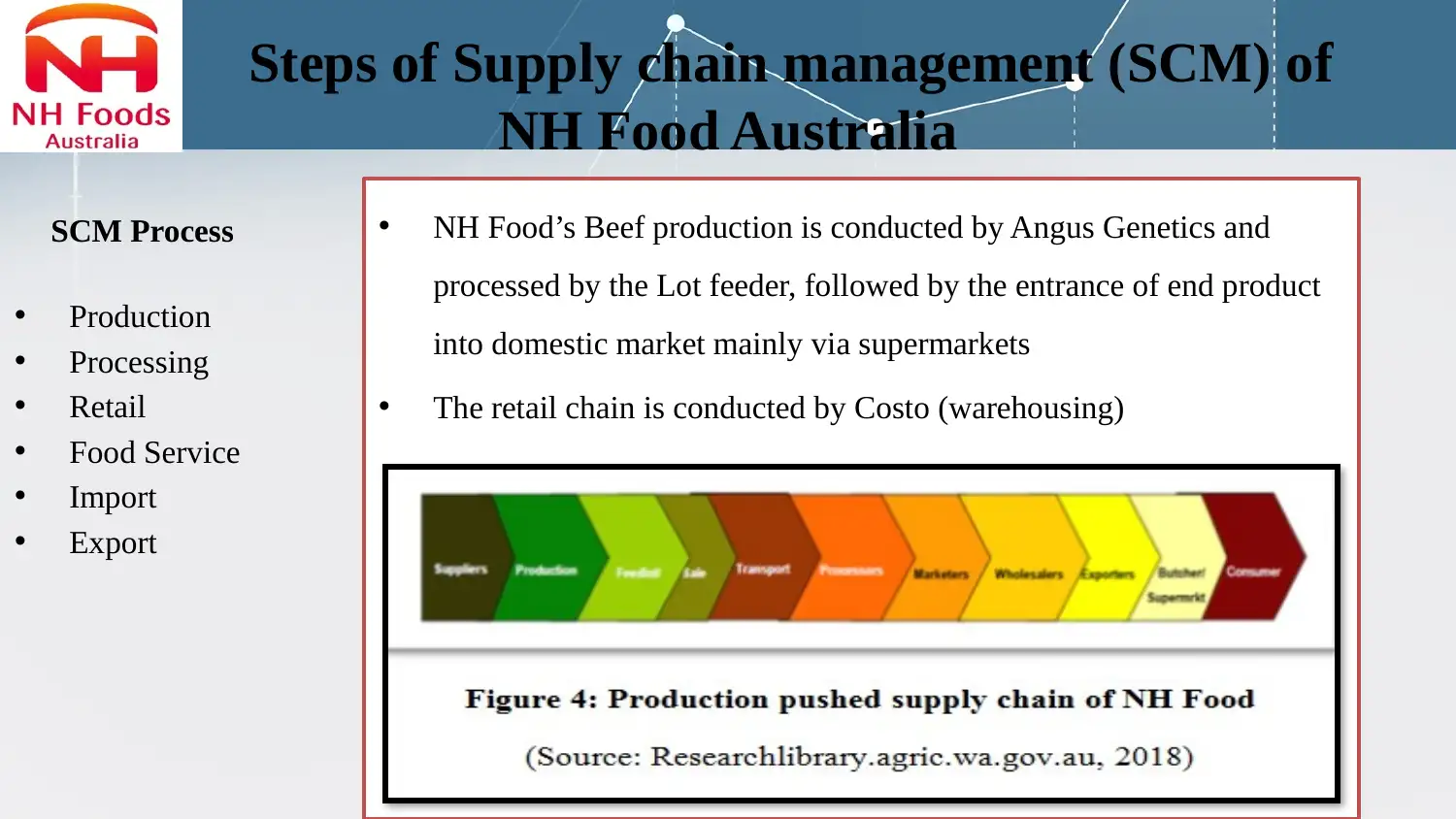
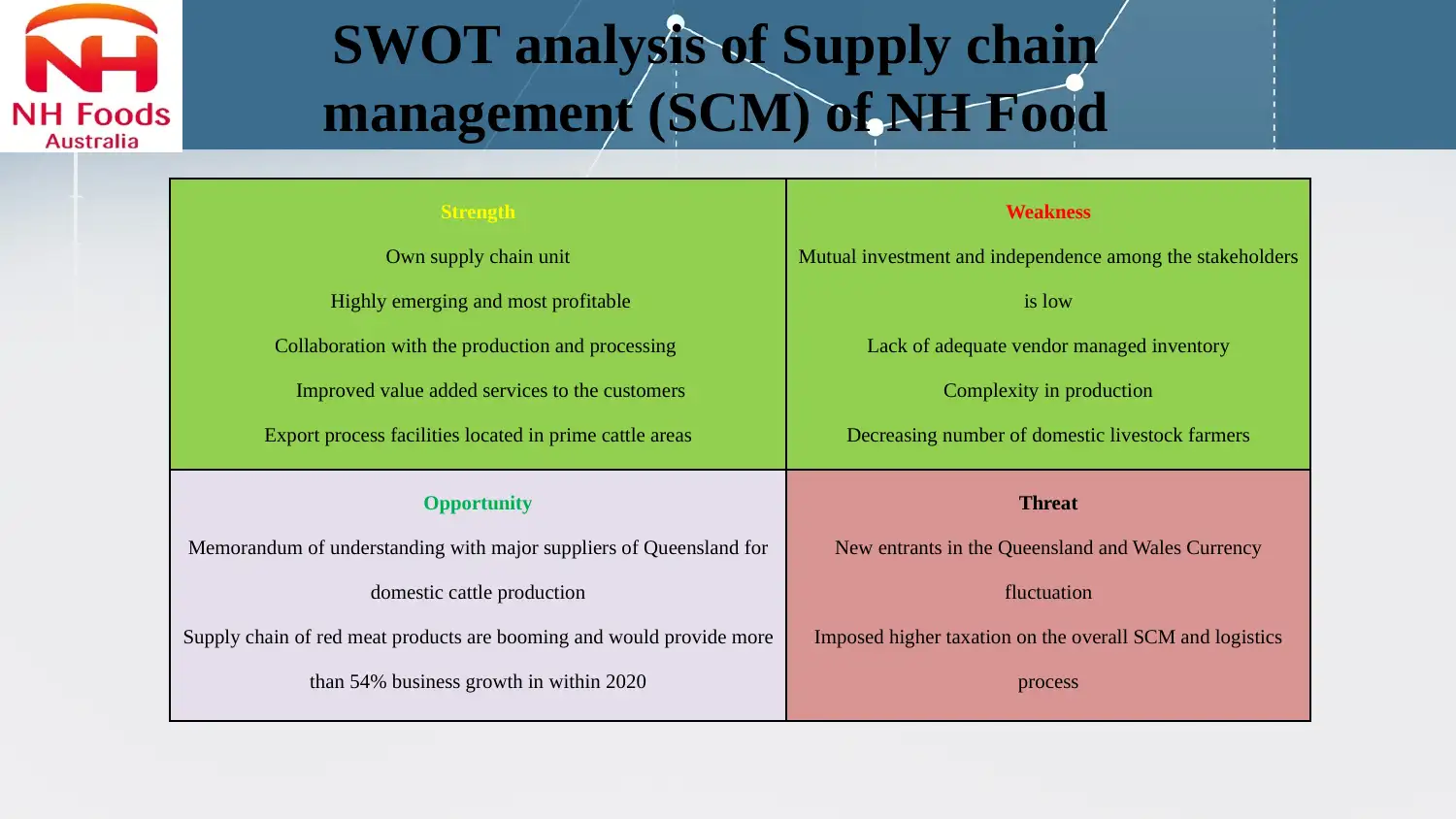
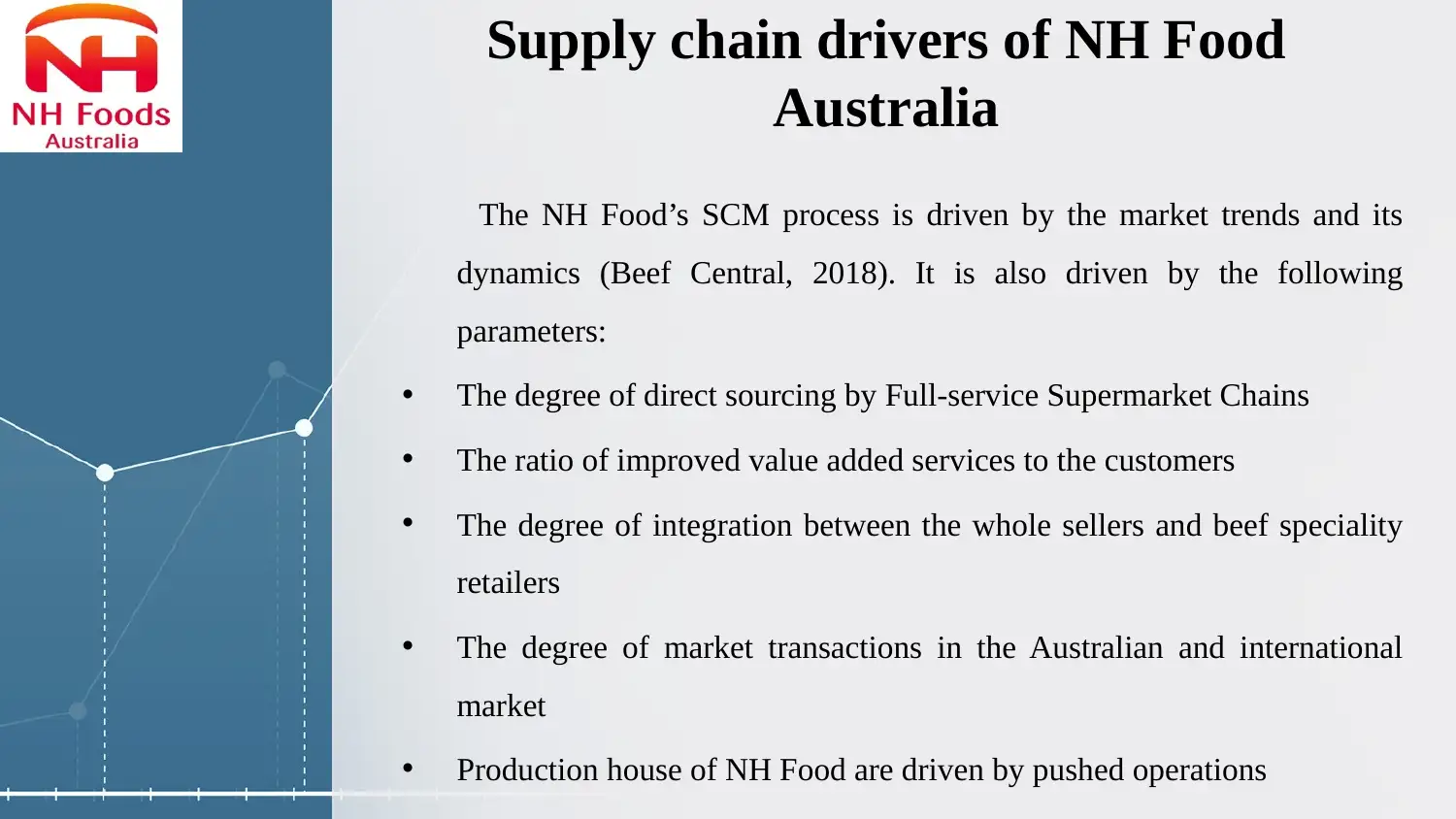
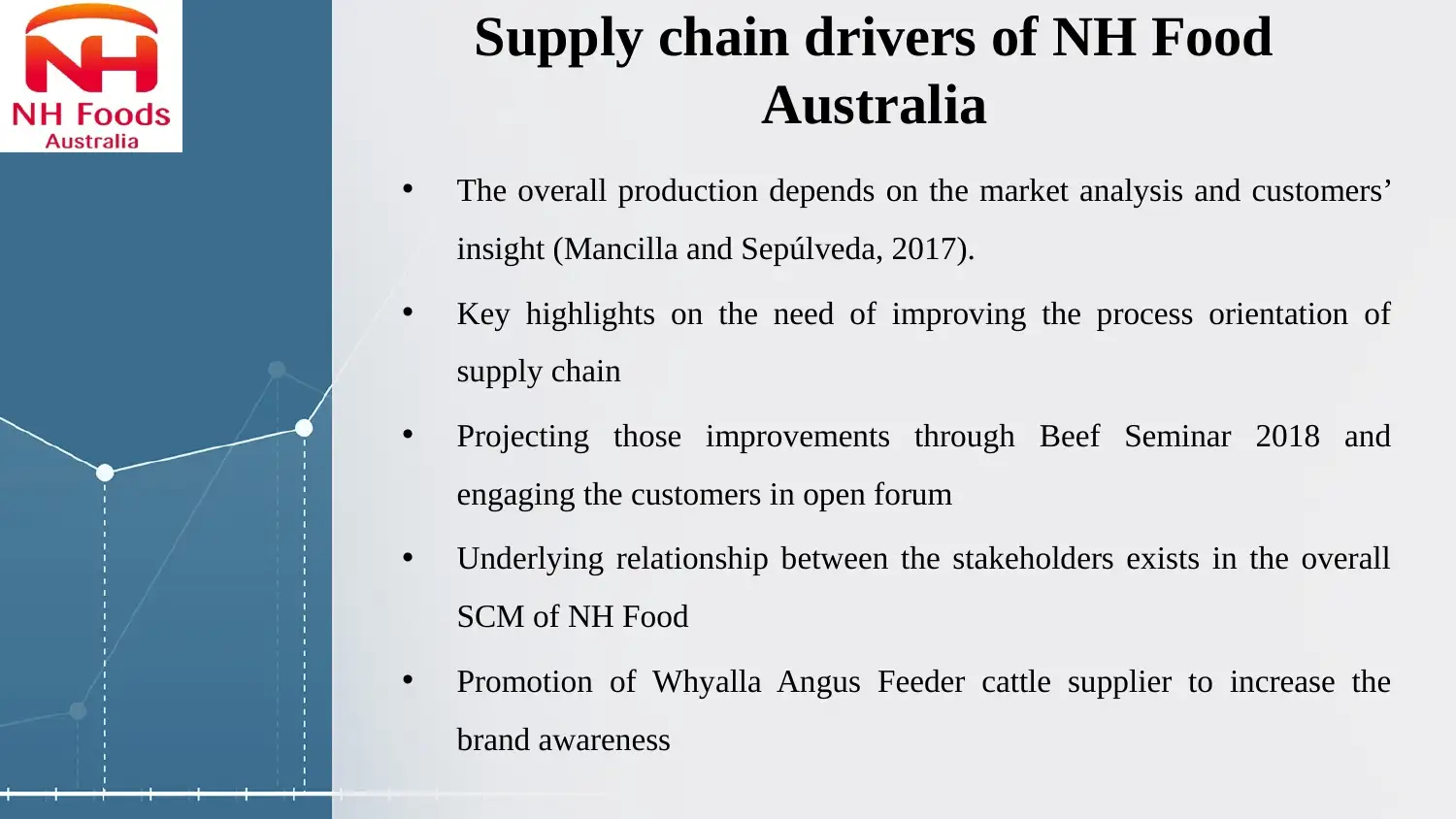
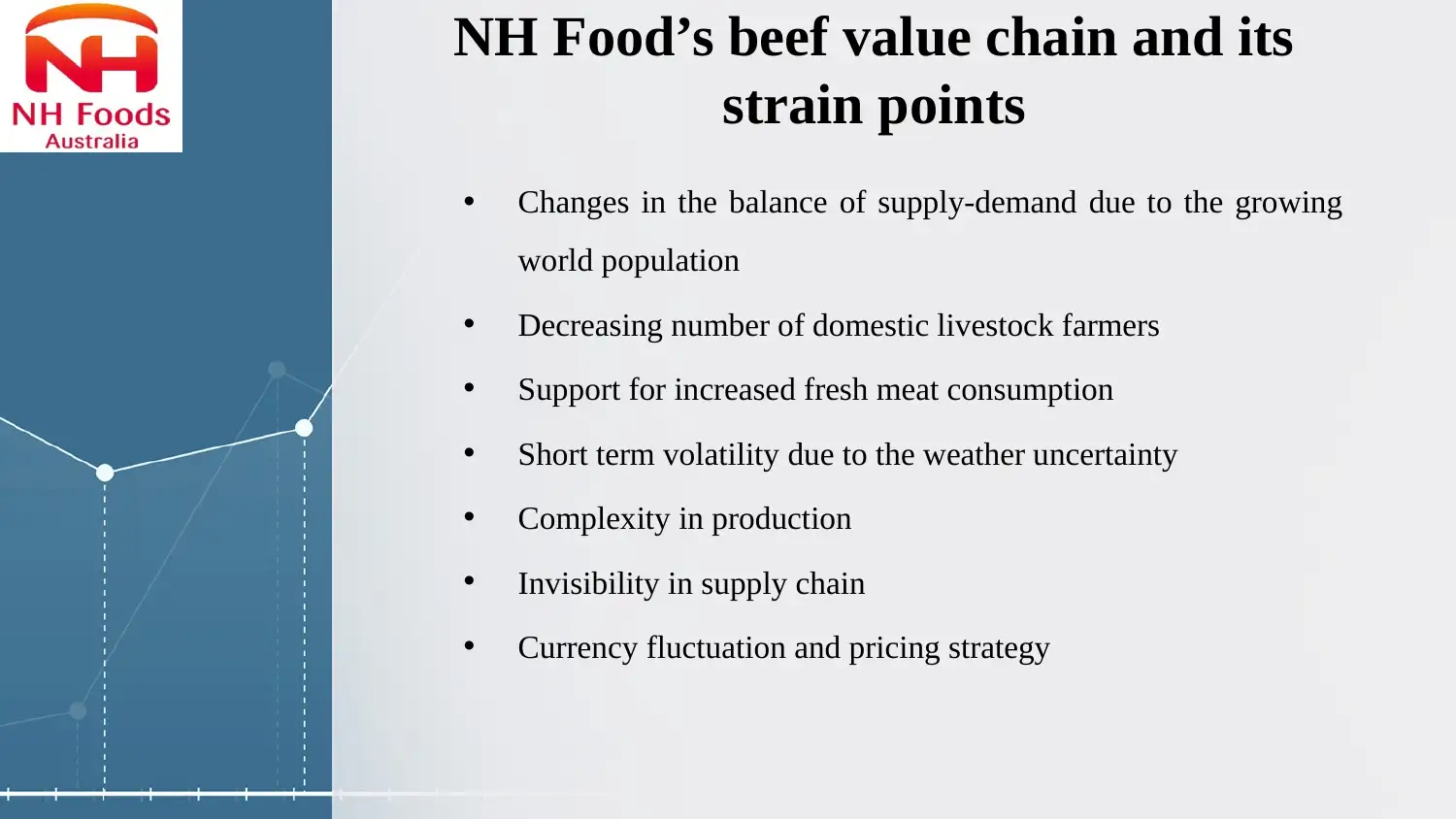
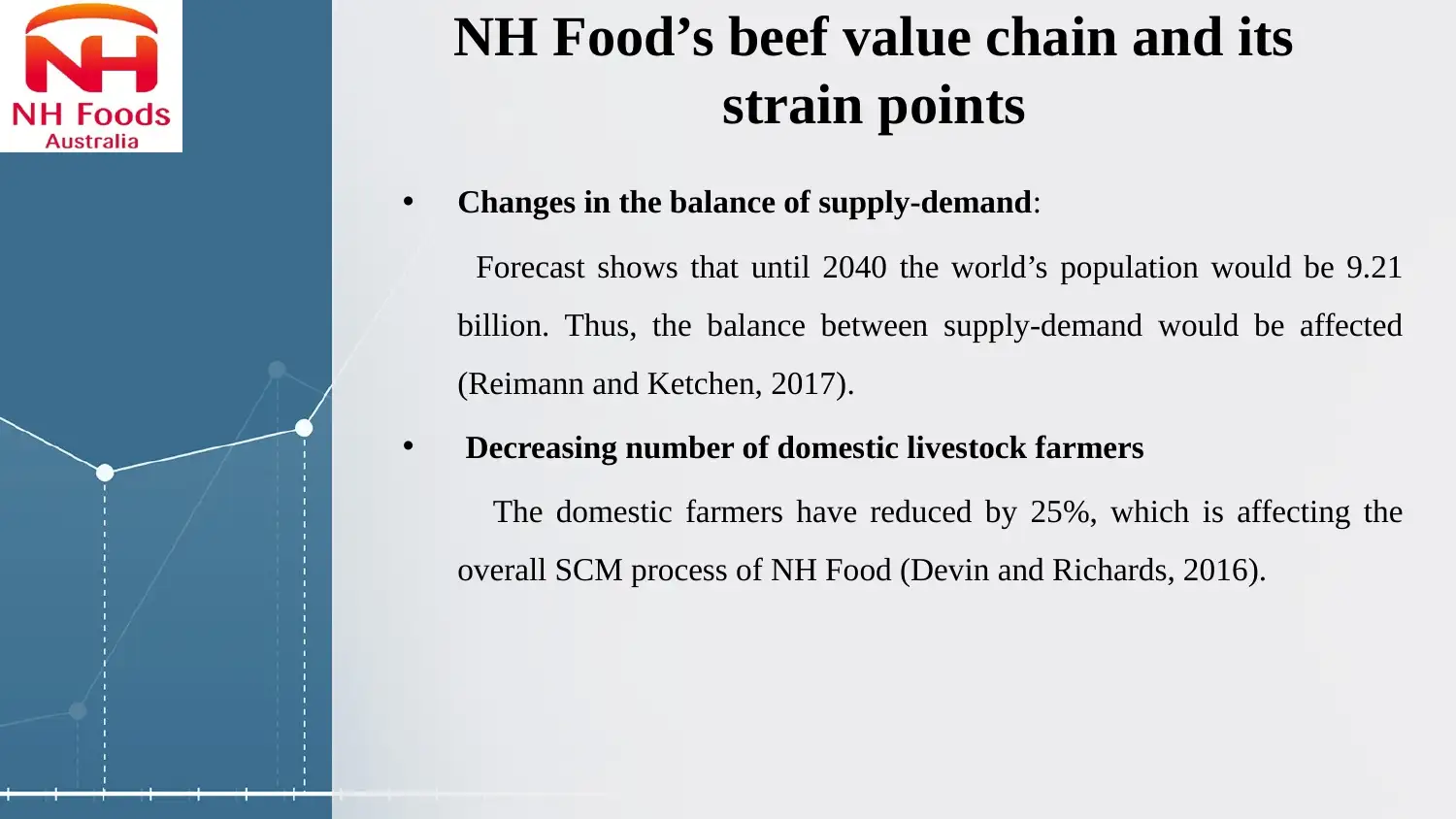
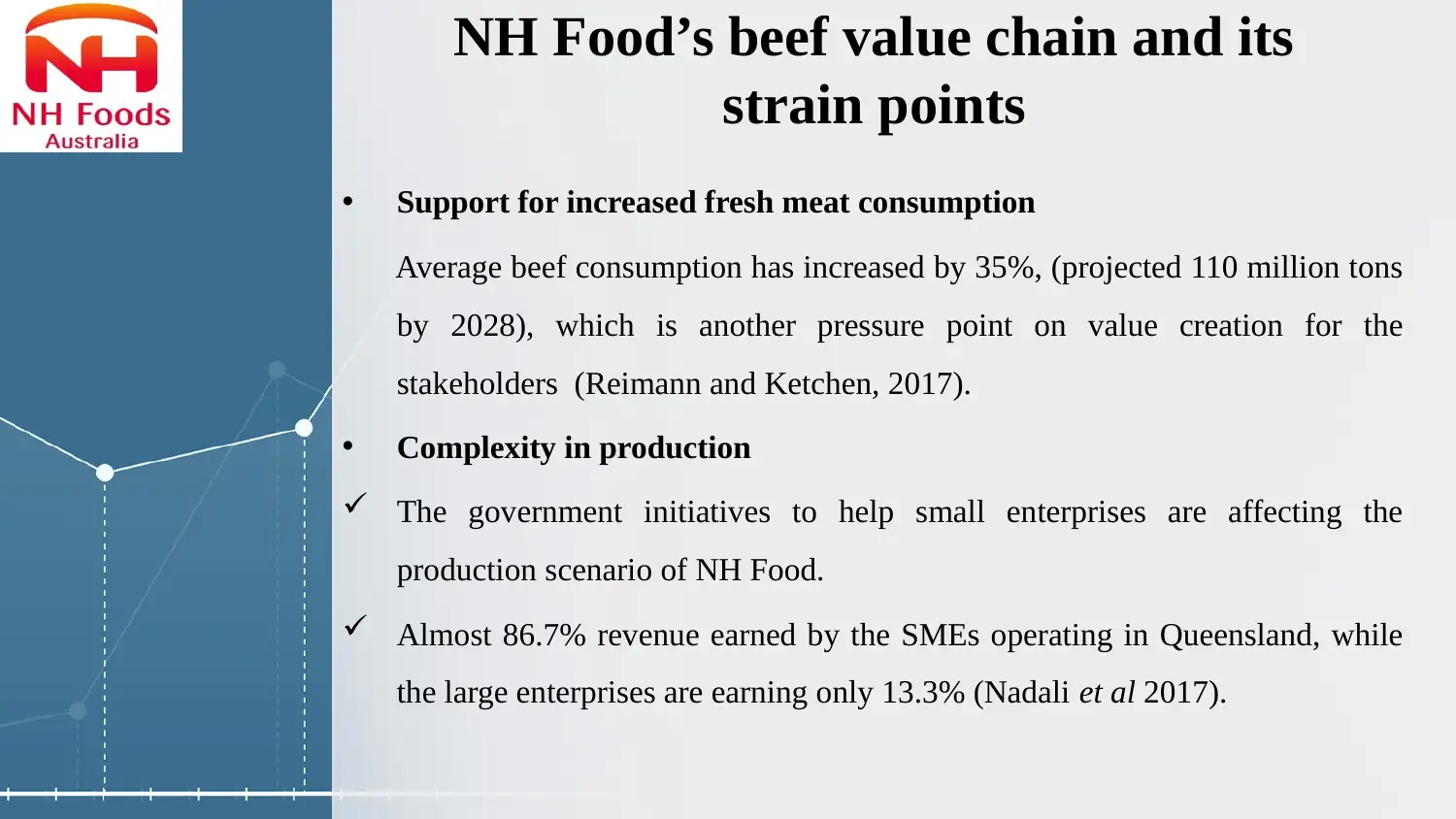
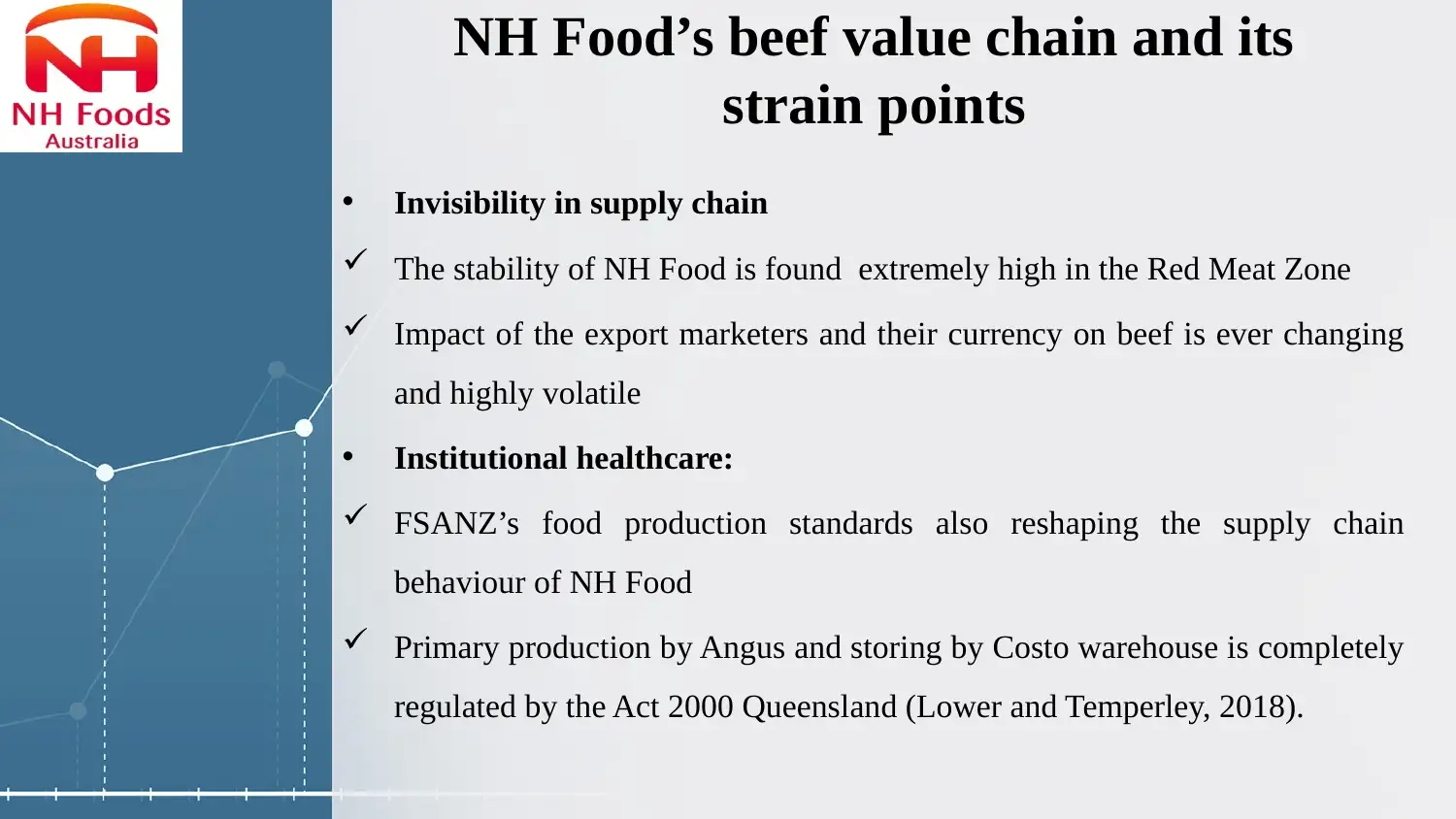






![[object Object]](/_next/static/media/star-bottom.7253800d.svg)